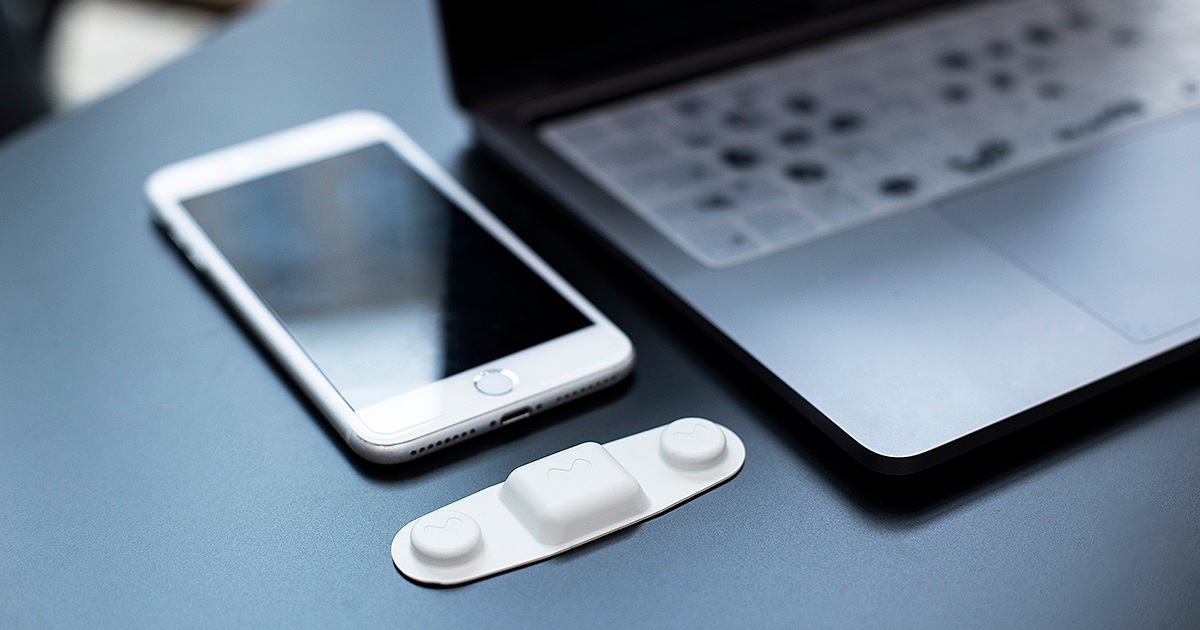
Wearable sensors have long played a supporting role in early-stage research. For years, they were primarily used for tracking basic vitals or supplementing traditional endpoints.
Today, researchers are using wearable devices in later-stage and virtual trials to capture data that directly informs results and reveals patterns that aren’t always visible during scheduled site visits.
Whether it’s measuring how the body responds to nature, revealing AFib after hospital discharge, or tracking early signs of mental health changes, wearables for clinical trials are opening up a new layer of insight. We’re seeing that shift play out in a growing number of trials, where wearables are helping researchers ask and answer questions that once may have been out of reach.
In a study led by the University of Louisville, researchers are using Vivalink wearables to study how small pockets of greenery, specifically a densely planted urban microforest, affect the body. In the Trager MicroForest Project, participants wear devices that continuously monitor heart rate variability, respiration, and stress levels as they move through everyday urban environments.
Participants follow the same pattern of sitting and walking, first in a paved area and then in the microforest. Early findings show improved HRV and reduced anxiety scores in the green space. These early results suggest that wearables can help researchers measure how surroundings influence health in ways that weren’t previously possible outside controlled settings.
At Brigham and Women’s Hospital, researchers are using wearable ECG patches from Vivalink to continuously monitor cardiac surgery patients after discharge. Over 100 participants wore the devices at home for up to 14 days, which revealed a higher rate of post-operative atrial fibrillation than previously recognized.
While 42% experienced AFib during hospitalization, an additional 27% had new episodes after discharge. Many of these episodes were intermittent and lasted less than five minutes, making them difficult to capture through routine in-hospital telemetry or traditional cardiac monitoring devices.
An ongoing study is testing whether wearable-collected physiological signals can provide reliable indicators of food intake without participants having to log it themselves. Over two weeks, participants will wear a Vivalink ECG patch along with additional devices that continuously track heart activity, body temperature, movement, glucose levels, and skin conductance.
They will also document their meals and snacks using a photo-based app. By comparing those logs to the physiological signals, researchers hope to figure out which changes in the body consistently line up with food intake and which tools are most useful for spotting it. The study could help lay the groundwork for more advanced remote patient monitoring solutions in nutrition and metabolism research.
In an ongoing observational study, researchers are collecting wearable and behavioral data to better understand how biological and environmental factors contribute to mental health challenges in pediatric participants with autism. Over six months, participants wear a Vivalink ECG patch every other week to gather continuous heart and respiratory rate data.
That physiologic data is paired with assessments of sleep, physical activity, and mental health, along with a photo-based nutrition questionnaire. The study’s goal is to identify patterns in how physiological and environmental factors interact, and use those insights to better understand what contributes to anxiety, depression, and other mental health conditions in autistic adolescents.
The more researchers focus on questions rooted in real-world conditions, the more they need tools that can capture what’s happening outside the clinic. Part of what’s driving this shift is growing support from the FDA. The agency’s recent guidance backs the use of validated digital health tools in later-stage and decentralized clinical trials to collect clinical data remotely.
That shift has been building for years, but now it has support behind it. From monitoring post-discharge arrhythmias to tracking stress responses in daily environments, wearable data is playing a bigger role in how researchers measure outcomes.
Explore how Vivalink’s devices and remote patient monitoring platform support that kind of real-world research.
Copyright © 2025 VivaLNK, Inc. All Rights Reserved.
No Comments Yet
Let us know what you think